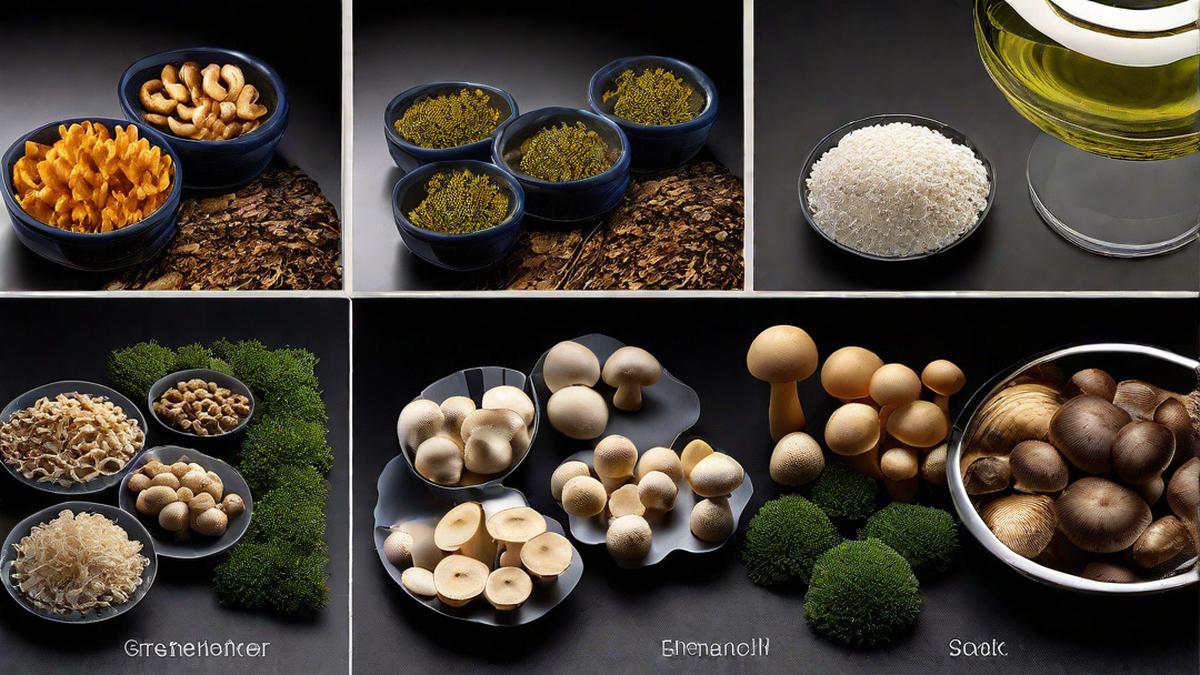When it comes to growing mushrooms, a crucial element is the substrate. The substrate is the material that provides the nourishment for the mushrooms to grow. In this article, I’ll walk you through the process of making mushroom substrate from scratch.
Gathering the Ingredients
To start off, you’ll need to gather the necessary ingredients. The primary components for a basic mushroom substrate are organic material, water, and a nitrogen supplement. Common organic materials include straw, sawdust, and coffee grounds. These are readily available and provide a good source of nutrients for the mushrooms.
Choosing the Right Organic Material
When choosing the organic material, it’s important to ensure that it’s clean and free from contaminants. If you’re using straw, for example, make sure it’s free from mold or other fungi that could compete with the mushroom mycelium. For sawdust, using hardwood sawdust is preferable over softwood sawdust, as it breaks down more slowly and provides a better substrate for mushroom growth.
Preparing the Substrate
Once you have your organic material, it’s time to prepare the substrate. This involves chopping or grinding the material to increase its surface area, which allows the mycelium to colonize it more effectively. After that, the material needs to be pasteurized to kill off any competing organisms and pathogens. This can be done by soaking the material in hot water or using a heat treatment method.
Adding the Nitrogen Supplement
To enhance the nutrient content of the substrate, it’s essential to add a nitrogen supplement. This can be in the form of soybean meal, cottonseed meal, or even poultry manure. The nitrogen supplement helps to balance the carbon-to-nitrogen ratio, providing a more favorable environment for mushroom growth.
Adjusting Moisture Content
After pasteurization and adding the nitrogen supplement, it’s vital to adjust the moisture content of the substrate. The optimal moisture level is around 60-70%. Too much moisture can lead to mold or bacterial contamination, while too little can hinder mycelium growth. It’s a delicate balance that can be achieved through careful mixing and monitoring.
Inoculating the Substrate
Once the substrate is prepared and at the correct moisture level, it’s time to inoculate it with mushroom spawn. The spawn is the vegetative growth of the mushroom and is used to introduce the desired mushroom strain to the substrate. This can be done by mixing the spawn thoroughly into the substrate and then allowing it to colonize in a suitable environment.
Conclusion
Creating mushroom substrate is a crucial step in the mushroom cultivation process. It’s a fascinating journey from gathering organic materials to preparing a nourishing environment for the mushrooms to thrive. By following these steps and paying attention to detail, you can create a nutrient-rich substrate that will support healthy mushroom growth. So, roll up your sleeves, gather your ingredients, and let’s get started on this mushroom substrate-making adventure!

